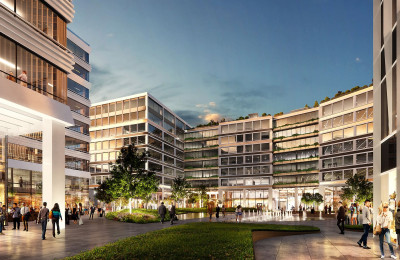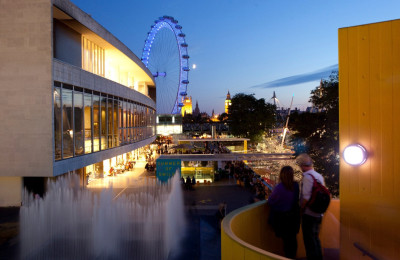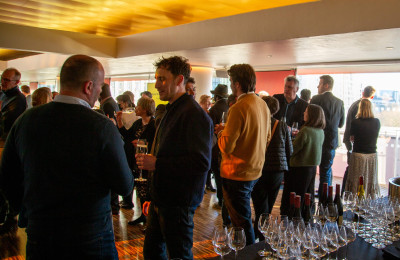Well Building Standard explained
WELL Building Standard measures, evaluates and monitors building features that impact health, wellbeing and productivity. Its aim is to transform buildings and communities that help people thrive.
Eva likes the sensation of fresh breeze on her skin and often opens the windows in the office to let it in.
Peter commutes to work everyday by bike.
Lucy pays lots of attention to hydration throughout the day, thus the office drinking water fountains are her best work buddies.
Mark easily falls short on his resolution to eat healthy.
Katie’s eyes can get tired of artificial lights, for that reason, she always opts to sit next to the window with natural daylight. Sitting next to the window lets her enjoy the fresh air too.
Jack is a nature enthusiast and you can always find him in the flexi seats office area full of natural elements.
Tina gets easily distracted by office noise, especially talk and the repetitive mumbling sound coming from the air conditioning.
Danny knows he’s more productive in a warm environment and likes to adjust the office temperature to his needs. He enjoys commuting to work by bike too and is easily distracted by office noise.
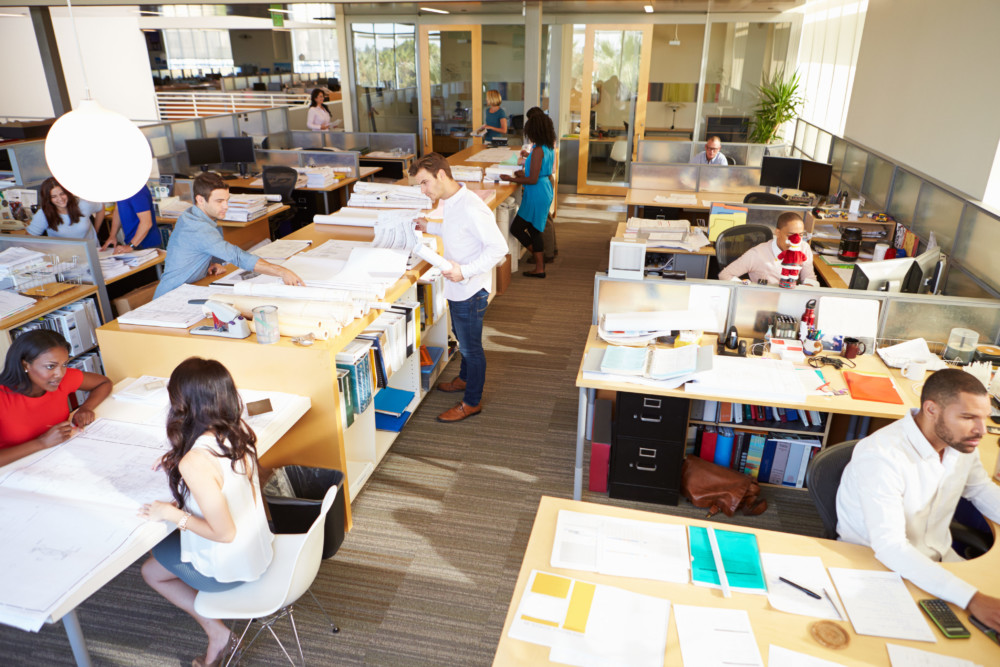
What do all of these people have in common? They’re a small selection of people, who come and work together in one building. All of them possess a different personality and lifestyle, that translate into their expectations and preferences at work too.
They hold various needs based on the nature of their jobs: managers are consumed in a swirl of myriad meetings, specialists need places to focus and some are seeking safe places for them and their peers to collaborate on regular bases. When all of these attributes/aspects are met people feel well.
How can such a complicated target be achieved? As an international workspace provider, we realise the significant role that workspace plays in our lives.
We spend almost 90% of our time indoors, that means that our health is affected both at home and at work.
An individual change is more likely to happen when environmental conditions and influences are aligned to support individual behaviours. The buildings where we live, work, learn and relax shape our health, wellbeing, and productivity.
For this reason, we have adopted an obligation to design and build our projects to meet the high set of criteria of the WELL Building Standard and to obtain WELL Certification. It means that our buildings are health-oriented, supporting wellbeing activities on the individual level.
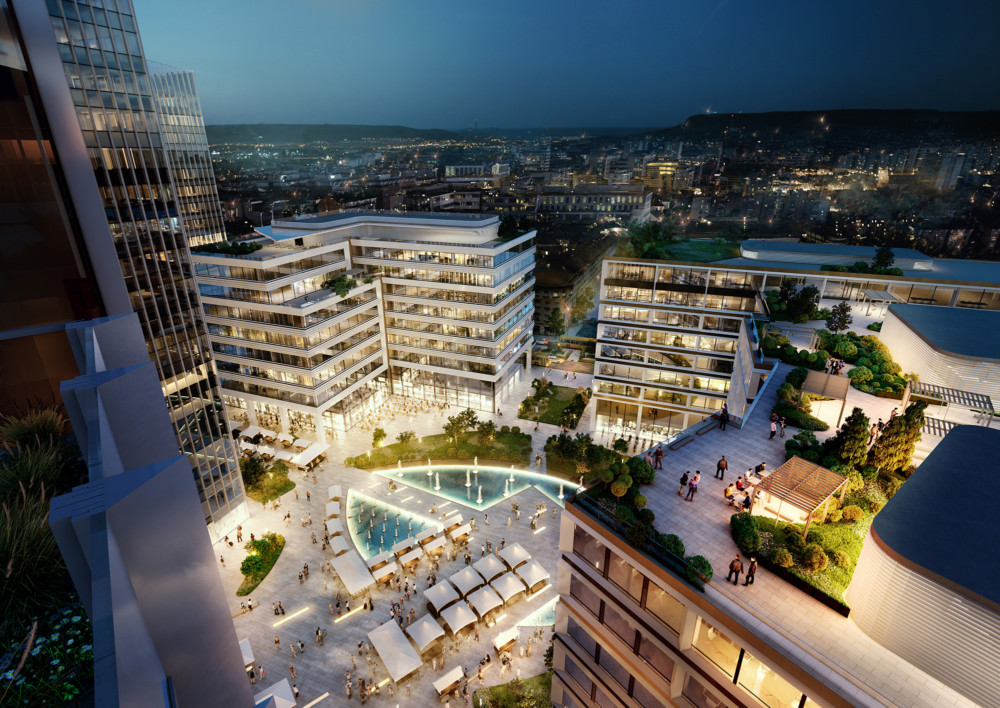
WELL Certification is for people
WELL is a flexible certification that positions building design and operations as agents of public health. It measures, verifies and monitors building features that impact health, wellbeing and productivity. Their aim is to transform buildings and communities into places that help people thrive.
WELL Certification is not infinite. After the project/building is verified by the independent assessor and receives certification, regular monitoring and reporting begins. If the building wants to be considered healthy, it must undergo recertification after 3 years.
Why do we do it?
WELL Building Standard verifies the quality of the space and its ability to positively impact wellbeing and productivity. WELL certified buildings bring health-focused workspaces that increase productivity and happiness at work. By focusing on people’s satisfaction, companies can lead the industry together with attracting and retaining top talents, clients or investors.
To keep our buildings in great shape, our team and several technologies monitor the performance levels of different environmental aspects and qualities – all of which are equally important: air, water, light, nourishment, mind, comfort, active design. All of these belong to the set of WELL elements to help people thrive.

Air
We strive to achieve the optimal indoor air quality by reducing pollutants through filtration, insulation and purification. We monitor ventilation effectiveness, humidity levels and detect any mould intending to take root in our buildings. On top of that, smoking is not welcome inside our buildings.
Another important factor in air quality is chemicals used in construction materials. 95% of all chemicals lack sufficient data on health impact. We aspire to reduce hazardous building materials in outdoor structures, waste management, pesticide use, cleaning products and help bridge data gaps in the supply chain.

Water
People who distrust the safety of water are susceptible to drinking less water or reaching for the sugar-sweetened beverages. Thus, we provide safe and clean water through systems that undergo regular quality testing and ensure the availability of clean water to all of the people using our buildings throughout the day.
Nourishment
Unhealthy eating is linked to a 66% reduction in productivity. We ensure that people have easy access to a variety of fresh, wholesome food in our buildings to encourage better eating habits.
Light
To benefit from daylight and lighting systems designed to increase alertness, enhance experience and promote sleep, we apply illumination guidelines which show a boost in productivity of up to 10%.
Active design
In our buildings, we support the seamless integration of exercise into everyday life by providing active design, bicycle storage and education about leading an active life and its importance.
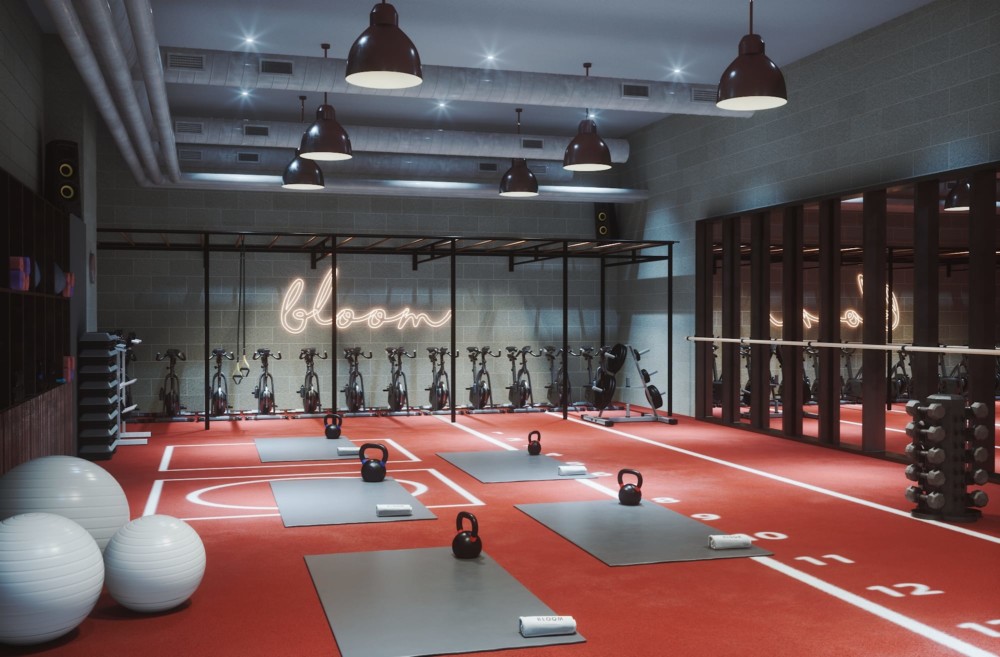
Mind
We enhance cognitive and emotional health through design and technology. We implement indoor nature in the working environment as it shows a tracked history of its positive influence on people’s wellbeing and stress reduction.
Comfort
In our workspaces we establish requirements to create a distraction-free, productive and comfortable indoor environment which includes thermal and humidity controls, accessible design and noise prevention, both from outside and between rooms.
Community
The built spaces can make a positive change in connecting the lives of people with diverse abilities and priorities. Our business districts are inclusive, enable access, participation and thriving of both business and local community. The engaging activities attract various interest groups and grant knowledge exchange across social structures.

WELL status for HB Reavis
Varso Place (three buildings) was the first scheme in CEE to be WELL Pre-certified.
Three of our projects are WELL Pre-certified: Agora Budapest, Forest in Warsaw and DSTRCT.Berlin.
On top of that, all of our projects under construction aspire for this human-focused certification, including Bloom Clerkenwell which is pursuing WELL Platinum.

